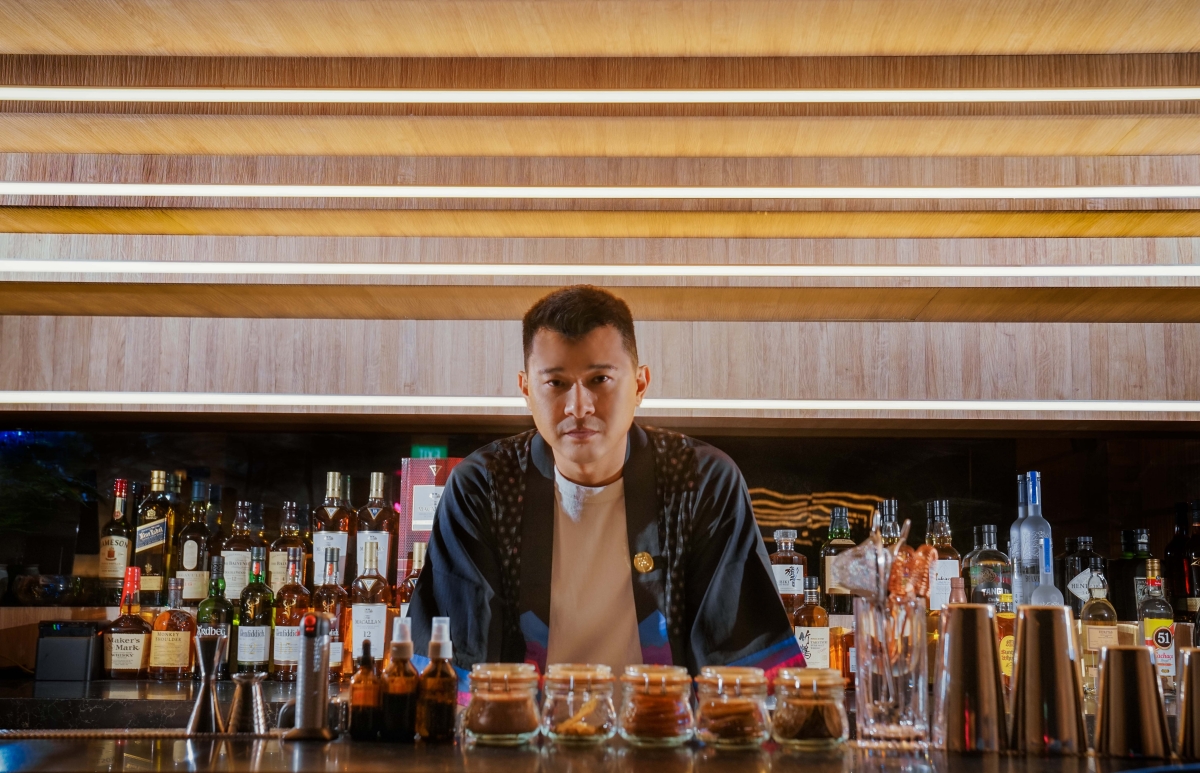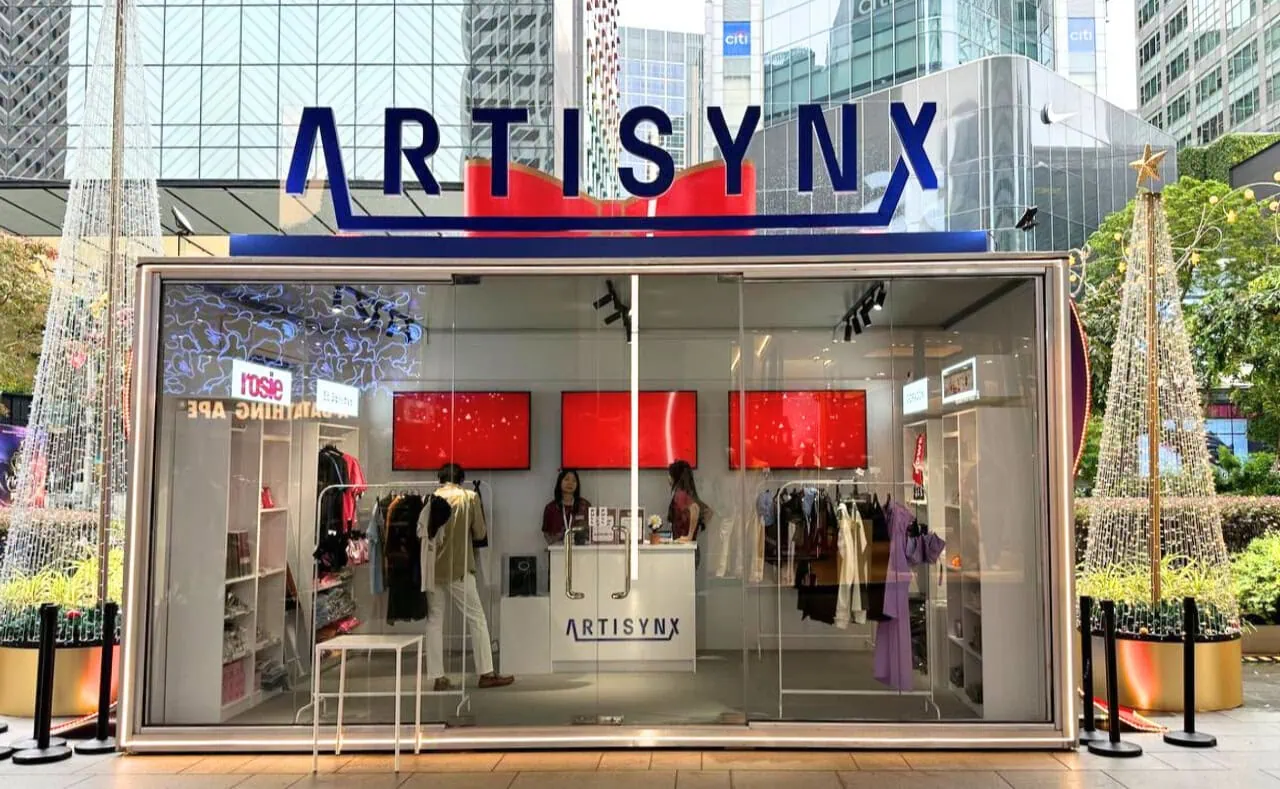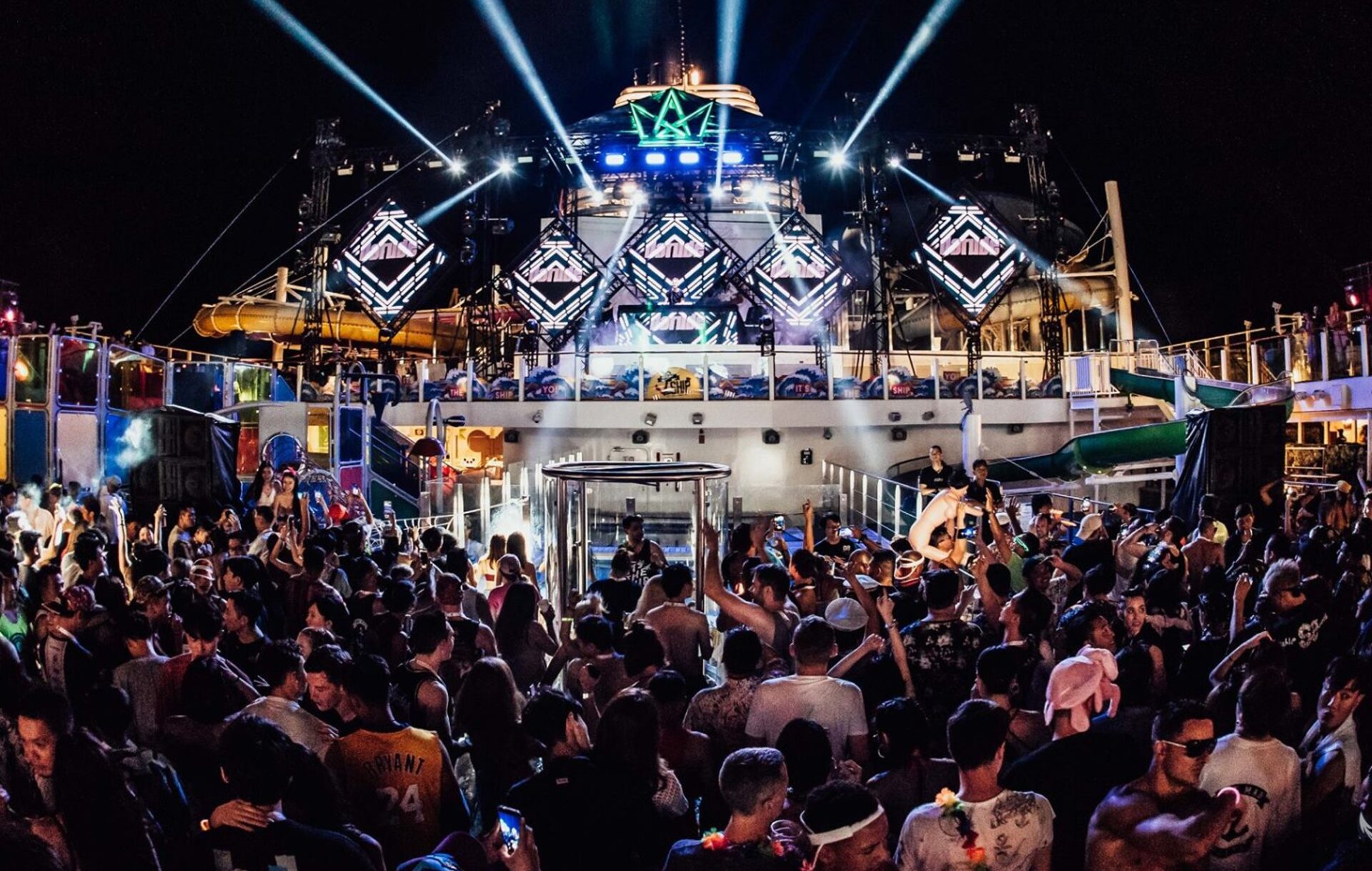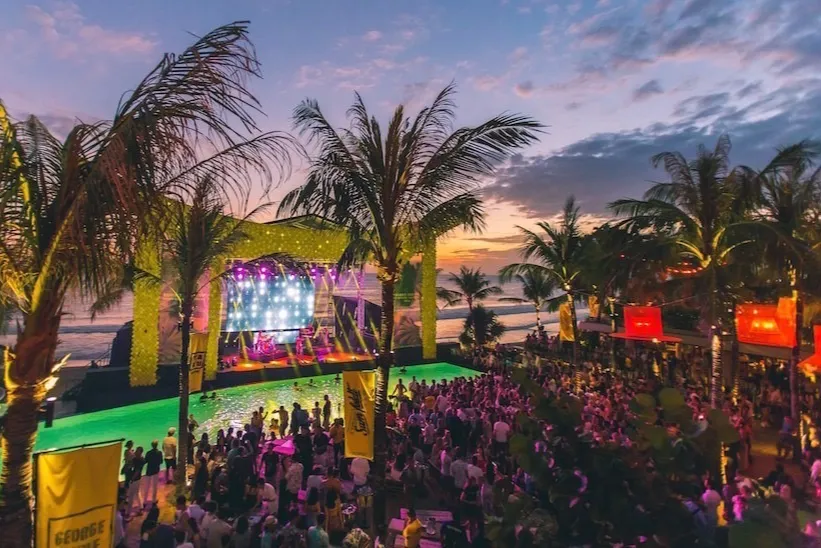After spending decades as an iconic DJ, turntablist, and Hip-Hop maestro, DJ KoFlow has now taken an interest in another indispensable aspect of culture: Food and Beverage.
With his new F&B-cum-Nightlife establishment christened HONCHO, KoFlow, in collaboration with former bandmate and FinTech entrepreneur Amos Poh, introduces a three-storey concept aimed at bringing together Singapore’s creatives and like-minded culture enthusiasts.
Situated at the historical Ann Siang Hill, HONCHO is poised to open its doors whilst the COVID-19 restrictions are slowly but surely easing. In such unsure times, KoFlow and Amos’ determination shine as they strive to make their vision a reality. We spoke with the legendary Hip-Hop turntablist about conceptualising the idea of HONCHO, setting up the establishment, and how he balances his new role with his music. Plus, we highlight food and drinks from the HONCHO menu that is KoFlow-approved.
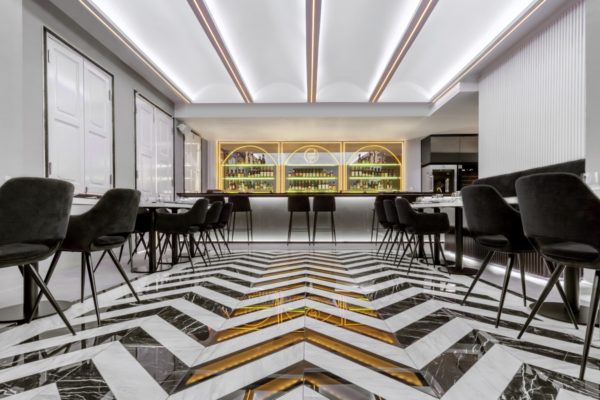
Firstly, congratulations to you, Amos, and the rest of your team on HONCHO! How does it feel to finally be able to present this major project to the world?
Definitely quite fulfilling. It’s been a few years in the making and we’re trying to pull this off during the pandemic. Even the people I used to work with have joined us and helped put this project together. So, seeing all that, it’s really fulfilling and very nice to see.
It is said that HONCHO aims to be a tastemaker in the modern arts and music culture in Singapore. How does it plan to achieve that? What do you want people to experience at HONCHO?
When you walk into HONCHO, what we’d like them to experience is definitely the vibe – the ambience, the food, the drinks, and the music. In terms of contributing to the music culture, we are planning to curate certain nights dedicated to various aspects of that. One example would be to have a night specifically dedicated to a Singaporean playlist, or stuff that allows people to explore while they’re eating. I think that’s where music comes in handy now that the ban on playing music at F&B establishments is lifted.
My philosophy to music as a DJ has always been to introduce new stuff to people. So, for artists, besides organising performances, we’d like to create workshops and programmes for them to come in and talk about their stories and visions. What we aim to do at HONCHO for these creatives is, after hosting their workshops or programmes, we might organise auctions for their work. They could also propose their visions for a project, and our parent company, which is Amos’ company, can come in and fund, loan, or invest if we like the proposal. I think this is something different that we want to do to support SMEs and local artists and creatives.
We want to create a brand that people will recognise as one of a certain standard. For people who are associated with us, even our waiters, bartenders and other staff members, in the future when they get out there and expand their work experiences, employers can see the HONCHO name on their resumes and know that these are people of good quality and attitude. We want to be a brand that can help push these people further out to the public.
Basically, to me, it’s important to bring all Singaporeans together. A lot of times when I’d visit restaurants, I find that a fair bit of the people behind the research and development of the menu are Singaporean. But, because these places specialise in foreign cuisine, they wouldn’t exactly name a Singaporean as their head chef. These are some instances when I feel that it’s not very nice lah. That’s where HONCHO wants to be different. We want to recognise everyone and we want to push everyone we work with, be it staff, creatives, or artists, out into the world.
HONCHO comprises three distinct concepts – one on each level of the establishment. Can you share what each of them are and how they correlate with one another?
First of all, let me talk about how they play into each other. I’ve been to a lot of places all over the world, and it’s always like, rich people hang out with rich people, finance people hang out with finance people, creative people hang out with creative people, but there weren’t exactly an outlet where they can cross paths, and this is where HONCHO comes in. We want to be inclusive and we want to introduce people to different art forms, so these three levels are specially created for everyone to eventually come together and collaborate.
Amos and I used to come from a band called Chou Pi Jiang, and the Chinese saying that the band name came from describes the power in numbers, so we wish to utilise that philosophy here as well. We want to put people together to create more noise and generate more interesting stuff.
The basement level is mainly for our investors and members, where they can start conversations. As I get to know these people, I might learn about areas where they’re lacking or need help in, and that’s where we can link them up with creatives or media people who are able to assist. So, primarily, this is an area for us to come in and network.
The ground floor is the restaurant and main dining area of the building. It’ll be like an omakase or an izakaya. When the restrictions are more relaxed, we will also be throwing parties on the ground floor as well. The cocktails here are also R&D’ed by the award-winning bar, Native.
Moving on to the rooftop, it’s a free-and-easy space to spark creativity and inspiration. My vision for the rooftop is really to pull in my whole posse of Hip-Hop people and give them a space to enjoy and be carefree. On the rooftop, we serve Off Day beer, which is a line of Singapore craft beer, as our headliners.
Throughout the building, we also use Tanglin Gin as our headline gin. Tanglin Gin Distillery is Singapore’s first local distillery. So, basically, we are trying to bring in as many Singaporean companies as possible, all in one place.
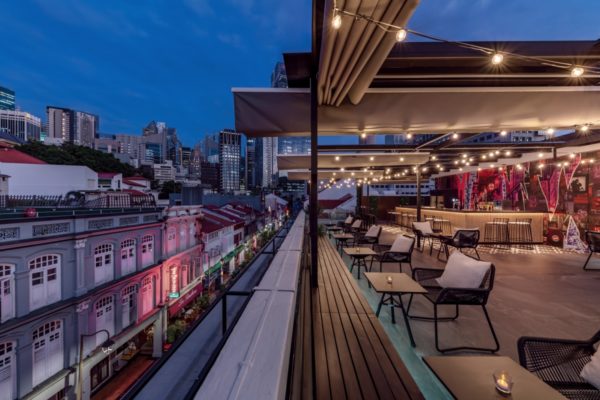
It is known that HONCHO was a concept that you and Amos have pondered for over five years. How did you juggle setting this with your other projects – such as your Tangent EP from earlier this year, your 2020 record Metem, and having to travel between Singapore and China in 2018 for the music competition Rave Now?
To put it in perspective, Amos approached me with this idea in 2015 or 2016. I was interested, but I was not sure I wanted to commit because I was so happy travelling and making music. At the same time, it was also what sparked some serious thinking about how I should go about setting up a club and how to pitch it to potential investors. I’m glad to have Amos on board because he’s such a good supporter. He was my guide to the nitty gritty such as how to balance the P&L and other finance stuff.
That being said, this project got shelved for a while until I found a bunch of investors who wants to invest in a club. And then, that’s where I had to start learning again about the other components I need to set this up – what are the things I liked about existing clubs and what are the things I did not like about them. It’s a bunch of trial-and-error, researching, and analysing different bars and restaurants all over the world for many years.
Eventually, in 2019, was when we sat down to really conceptualise this whole thing. But, at the end of that year was also when the pandemic started rolling around, and F&B was then added into the discussion. Initially, I didn’t want to do F&B. I just wanted to do drinks, music, and culture. But, because of the pandemic, food had to be included in the picture and that was when I had to learn and go out to eat more than I used to. And here’s where Amos’ expertise comes in handy again as his company also owns a couple of F&B outlets in Cambodia.
So, we had to gel everything together, and it was not easy. If you notice, in most places, food is food, drink is drink. People will tell you that if you call yourself a bar, then you will only be a bar. There wasn’t a place where you could really put this whole lifestyle together. The only other place that did that very well was Blu Jaz, and that was sort of like a blueprint for me in the initial stages.
With my music, I think I had to take a break for about three months just to focus on the set-up of HONCHO. I had a bunch of music that I’ve written that are just sitting there, that I listen to as often as I can and work on as much as I can. I try to spend an hour or two everyday to try to fix whatever needs to be fixed, but that’s just where it is now. But if you’re talking about scratching or coming up with routines, I think I don’t have enough energy at the moment. I will probably need another one or two months before I get back into it. When I do get back into it, I’ll probably do that in the day, and come here and night to have a drink and hang out. It’s all about balance, I guess.

HONCHO comes at a time when the local F&B and entertainment industries are barely making ends meet – we are all in the process of climbing out of the bleak pothole that is COVID-19. How has that impacted the establishment of this venture? What are some challenges you’ve faced during this period?
Coming into this during the pandemic, I think it made financial sense to do this while the rents are lower. Another factor is that I never wanted to open a place that is purely a club. This also works out for us because, then, we can curate more creative workshops and artists can have their time of day and be heard a lot more. These are the things that never really changed from the start.
So far, the biggest challenge is not having music around. I also think it’s very difficult to dictate and define a place without music – many places close down because they don’t play good music or they play music that aren’t suitable. I think music is a huge component, and I’m glad that it’s back now because that’s where I think HONCHO can really shine, at least even with recorded music.
The other challenge is probably setting up the kitchen. Finding a place that has a kitchen and revamping it to our standards cost a good 30% of our budget. So, these are some of the difficulties that we’ve faced during the pandemic.
You are undoubtedly one of the veterans of the Singaporean Hip-Hop circuit. What is your personal take on the importance of food and drink in relation to music culture?
I think these things crossover a lot. It shows you what kind of crowd is going to walk in. The good thing is that I’ve always been a Hip-Hop head, I love Hip-Hop. But I also love Jazz, Funk, Disco, the music that has relation to Hip-Hop. These are the music that, I feel, Singapore never really placed a relevance on because we never really experienced the culture that gave birth to them. People know Hip-Hop, but they might not necessarily know the other genres that influenced Hip-Hop. So, HONCHO is really a place where I can start introducing them to people, compared to being in a club that plays only club bangers.
Finally, the culinary team at HONCHO is helmed by Japanese cuisine expert Terence Ong and Noreen Dunzo, one of Singapore’s foremost female bartenders. What are some of your favourite offerings from the HONCHO menu that patrons absolutely cannot miss when they are here?
For food, people should try the Wagyu Brioche, the Miso Cod, and definitely the Awabi Risotto. For the drinks, you need to try Crazy For Coconut, which was created by Noreen. She knows I like coconut and rum, so she put that together with a bit of gula melaka and came up with this drink that tastes like chendol. I also recommend Devil’s Tongue and the After Eight Mint – it totally tastes like an After Eight Mint Chocolate. It’s really fun.
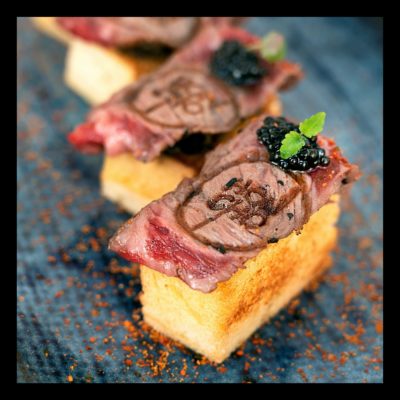
HONCHO is located at 12 Ann Siang Rd Singapore, Singapore 069692, and is slated to have its official launch in early 2022. For more information, visit HONCHO on Instagram and Facebook.
Discover more about the Singapore entertainment industry in our Lifestyle section.


